In an unprecedented move, one of China’s high-flying WZ-7 Soaring Dragon reconnaissance drones recently flew a mission over the Sea of Japan, marking the first known instance of this unique joined-wing aircraft operating in the area. The drone’s flight path suggests it may have crossed over Russian or North Korean airspace to reach its destination and return, reports The War Zone.
Japan Scrambles Fighters in Response
The Japanese Ministry of Defense (MoD) issued a press release detailing the incident, revealing that fighters from the Japan Air Self-Defense Force’s Central Air Defence Force, likely F-15J Eagles, were scrambled in response to the drone’s presence. According to the release, the WZ-7 “came from the continent [of Asia], circled over the Sea of Japan, and then headed northwest toward the continent.”
WZ-7 Drone Capabilities and Potential Missions
The jet-powered WZ-7 drone, operated by both the People’s Liberation Army Air Force (PLAAF) and People’s Liberation Army Navy (PLAN), is believed to have a range of around 4,350 miles and a service ceiling upwards of 60,000 feet. Its endurance could be at least 10 hours, with the potential for significantly longer flight times. Though its specifications may fall short of true high-altitude, long-endurance (HALE) drones like the U.S. RQ-4 Global Hawk, the WZ-7 is well-suited for regional missions, reflecting China’s overall military focus.

The drone’s primary role is believed to be intelligence, surveillance, and reconnaissance (ISR) missions. Close-up views of the aircraft at the 2022 Zhuhai Airshow reveal a gondola-like fairing under the forward fuselage, potentially housing various sensor systems such as radars and imaging systems. A dome underneath the rear fuselage appears to be a line-of-sight datalink antenna.
Additionally, a 2021 image of a WZ-7 suggested its assignment to a unit previously known for flying specialized crewed electronic warfare aircraft, hinting at the drone’s potential electronic intelligence/signals intelligence and electronic warfare capabilities.
Possible Links to Russian or North Korean Airspace
For the WZ-7 to have reached the Sea of Japan from the Asian continent and returned, it would have had to pass over either Russian or North Korean airspace. While a flight over North Korea is a possibility given China’s close ties with the Pyongyang regime, the use of Russian airspace seems more likely due to the strengthening relationship between Beijing and Moscow in recent years.
The two Countries have engaged in increased joint military activities, such as the November 2022 joint patrols involving Russian Tu-95MS Bear and Chinese H-6K bombers over the Sea of Japan, followed by reciprocal landings at each other’s air bases. Access to foreign airspace could provide the PLA with additional avenues to reach areas of interest, like the Sea of Japan, which would otherwise only be accessible via circuitous routes from the Chinese mainland.
Implications for the Arctic Region and Beyond
The growing military cooperation between China and Russia has implications beyond the Sea of Japan. The strategically important Arctic region, where China has stated ambitions of becoming a more significant actor, could benefit from this type of airspace access. U.S. Air Force Gen. Gregory Guillot, head of U.S. Northern Command (NORTHCOM) and the U.S.-Canadian North American Defense Command (NORAD), has expressed concern about the growing capabilities of China, not only with aircraft but also ships and submarines, to range further from China and closer to U.S. shores.
As the PLA continues to expand its reach and capabilities, it remains to be seen whether Chinese drone flights over the Sea of Japan via Russian or North Korean airspace will become more routine and if other air operations utilizing foreign air corridors will follow suit. Today’s WZ-7 flight represents a significant development in China’s military activities and highlights the need for continued monitoring and analysis of the country’s growing power projection capabilities.
Photos courtesy of Japan Ministry of Defense.
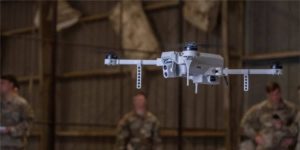





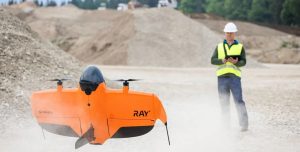
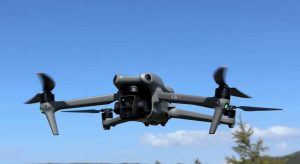
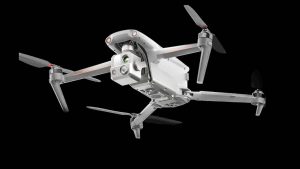
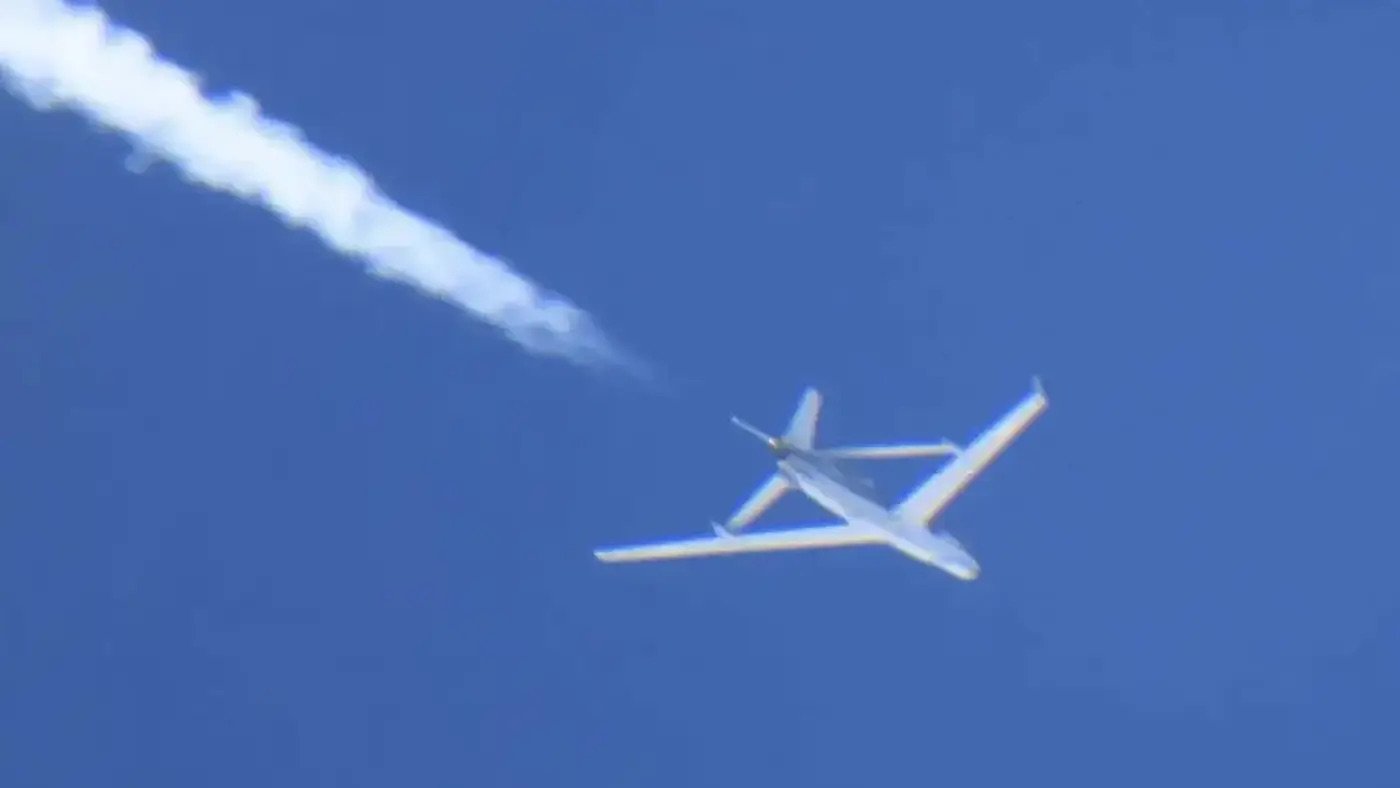

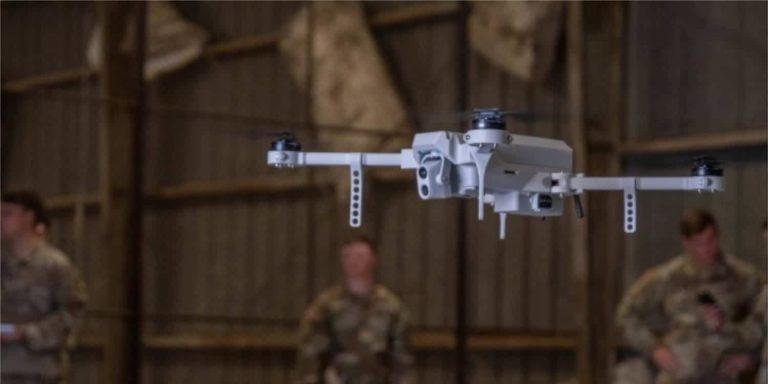



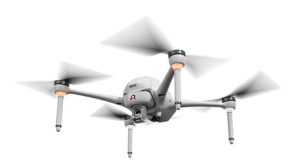



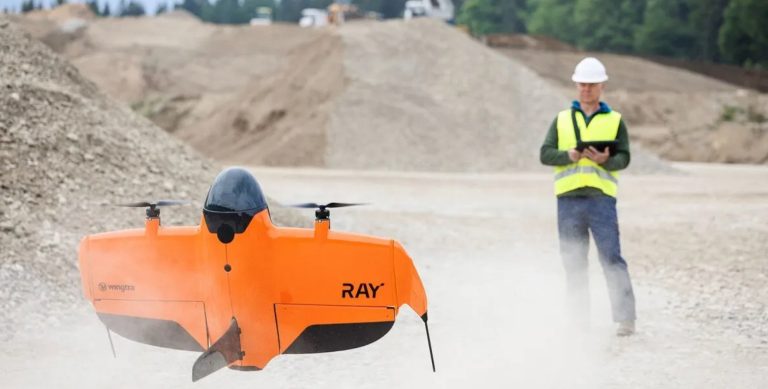
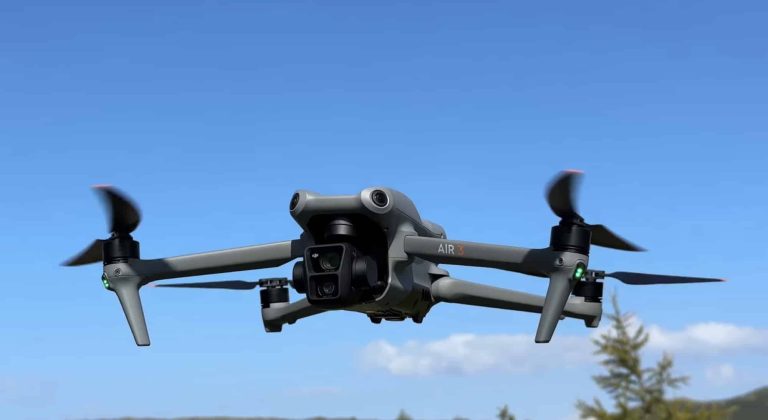
+ There are no comments
Add yours